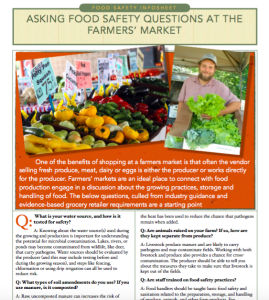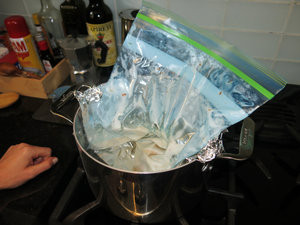In June 2011, 11-year-old Megan Oldfield took a school trip to a petting farm in East Yorkshire and was left fighting for life with kidney damage.
 Megan Oldfield needed dialysis for two weeks after contracting the infection following a visit to Cruckley Animal Farm in East Yorkshire.
Megan Oldfield needed dialysis for two weeks after contracting the infection following a visit to Cruckley Animal Farm in East Yorkshire.
She fell ill in the week after the school trip and was rushed to Leeds General Infirmary where she was put on dialysis for two weeks.
Megan still needs regular check ups on her damaged kidneys and is vulnerable to further infections throughout her life.
Her dad James, 34, a gas engineer, was quoted as saying, “Seeing my little girl fight for her life because she contracted an infection that might have been prevented was very hard to witness and something I will never forget.
“She went from perfectly healthy to being hooked up to a life saving dialysis machine in a matter of days and nothing could have prepared us for the horrific battle she would have to face.
A Health Protection Agency (HPA) report into the farm the month after Megan’s visit found insufficient hand washing facilities for visitors.
The owners of the attraction – which closed permanently later the same year – deny responsibility.
Megan’s family have now instructed specialist solicitors Irwin Mitchell to investigate the cause of his daughter’s illness.
Lawyers at the firm have received details of a Health Protection Agency (HPA) report into Cruckley Animal Farm which was commissioned following the HPA being notified of ‘six cases (five primary and one secondary) of E-coli O157 with possible links to Cruckley Animal Farm between 7th and 18th July 2011’
The Health Protection Agency report, dated July 2011 found:
- Hand wash facilities provided were deemed insufficient for the volume
of visitors
- Location of hand wash facilities also considered not to be adequate,
especially in regard to the covered picnic area, which was located too far from
hand wash facilities
- As a result, it was considered unlikely that the visiting public washed their hands after interaction with animals and before eating
- There was a lack of explicit information about the risk of contracting an infection from animals
The HPA report stated: “Two improvement notices were issued which required (a) improved segregation of visitors from animals and increased number of hand washing facilities with hot and cold running water, (b) improved provision of information to visitors.”
The report confirmed that there was strong evidence that the farm was the source of the infection as, “it was the single common link identified in all six cases”.
The HPA concluded: “A lack of explicit information about the risk of infection from animals was also noticed, and this was of concern due to the lack of adequate hand washing facilities in eating areas.”








